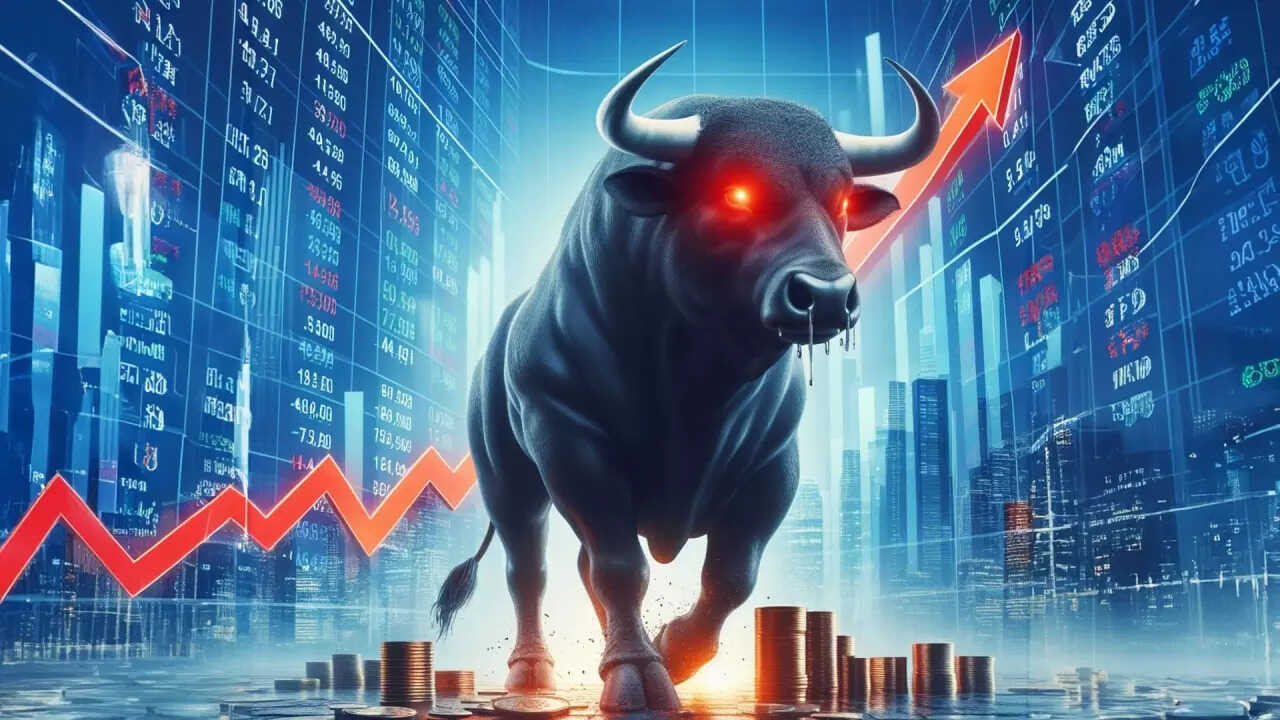Gold prices are predicted to rise significantly. Reports suggest a potential peak of $8,900 by 2030. Incrementum’s analysis links this to central bank policies and inflation. JP Morgan forecasts $6,000 per ounce by 2029. Despite fluctuations, experts advise investors to consider gold. Current market allocation to gold is minimal compared to other assets.
Gold Rush 2.0? Why Your Grandma’s Favorite Asset Could Be Headed for the Stratosphere
Alright, let’s talk gold. Forget the dusty old pirate movies; this isn’t about buried treasure maps. We’re talking about the shiny, reliable metal that’s been a go-to investment for, well, pretty much forever. And lately, the chatter around gold prices has gone from a low hum to a full-blown roar. The question on everyone’s mind? Could we actually see gold hitting a staggering $8,900 an ounce by 2030?
That’s the figure being bandied about in certain financial circles, and honestly, it’s enough to make your jaw drop. Now, before you rush out and liquidate your entire stock portfolio (please don’t!), let’s unpack this a bit. What’s fueling this bullish sentiment, and is it actually realistic?
The article that sparked this frenzy lays out a few compelling factors. Think of them as the ingredients in a potentially explosive economic cocktail.
First up, and probably the biggest driver, is the looming spectre of global economic uncertainty. Look around. We’re juggling inflation woes, geopolitical tensions that feel like they could erupt at any moment, and a general sense that the economic ground beneath our feet isn’t quite as solid as we thought. Gold, historically, thrives in times of turmoil. It’s seen as a safe haven, a place to park your money when everything else feels…well, shaky. When stock markets get the jitters and currencies wobble, investors often flock to the perceived safety of gold, driving up demand and, you guessed it, price.
Then there’s the ever-growing mountain of debt that many countries are sitting on. Governments are printing money like it’s going out of style (which, in a way, it kind of is, with the rise of digital currencies). The more money that’s in circulation, the less each individual unit is worth – that’s inflation in a nutshell. And guess what tends to hold its value, or even increase it, when inflation rears its ugly head? You guessed it: Gold. It acts as a hedge against the erosion of purchasing power.
Beyond the macro picture, there’s also the increasing demand from central banks. Historically, central banks have held significant gold reserves, and in recent years, they’ve been quietly adding to those stashes. This suggests they anticipate the same uncertainties as everyone else, and are hedging their bets with the oldest form of currency known to humankind. When these big players start buying, it inevitably puts upward pressure on prices.
And let’s not forget the potential for a dollar collapse. The US dollar has enjoyed a long reign as the world’s reserve currency, but some argue that its dominance is fading. If the dollar were to weaken significantly, it could trigger a massive shift in global investment patterns, potentially sending investors scurrying towards alternative assets like…you know where this is going…gold.
So, are we all going to be swimming in gold bullion by 2030? Maybe. Maybe not. While the factors outlined above are certainly compelling, it’s crucial to remember that predicting the future, especially the economic future, is a notoriously difficult game. Economic forecasts are more art than science.
Think about it this way: $8,900 an ounce is a massive leap from where we are now. It implies a significant and sustained level of economic disruption. While that’s certainly a possibility, it’s by no means a guarantee.
Instead of fixating on a specific number, perhaps a more prudent approach is to consider gold as part of a diversified portfolio. Allocating a portion of your investments to gold can provide a buffer against market volatility and potentially offer some protection against inflation. Think of it as your portfolio’s safety net.
Furthermore, it’s worth considering the different ways to invest in gold. You could buy physical gold – bars, coins, jewelry. You could invest in gold mining stocks. Or you could opt for exchange-traded funds (ETFs) that track the price of gold. Each option has its own set of risks and rewards, so do your research and choose what aligns best with your investment goals and risk tolerance.
Ultimately, the future of gold prices is uncertain. But the underlying factors driving demand for the yellow metal are unlikely to disappear anytime soon. Whether gold reaches $8,900 or something less spectacular, keeping a watchful eye on this historic asset might just be a golden opportunity.
📬 Stay informed — follow us for more insightful updates!







